Building a brand for where real life connections are made. In Real Life is York University/Sheridan College's 2019 graduation show.

In Real Life (IRL)
In Real Life is a design show hosted by York/Sheridan Program in Design that makrs the end of the 4-year long academic journey. This event is also a celebration of conquering critiques, earning our degrees, sharing the awesome projects us students have made with each other and the public, and marks the start of a new chapter as professional designers.
I had the pleasure to have been selected and take part of developing the brand for my graduating year, 2019. Creating and developing the brand was the first step in the year-long process (September 2018–April 2019), in addition to working with other teams to create the grad show. This is a case study that showcases the process of how our team developed the brand for the YSDN 2019 Grad Show 'In Real Life'.
TYPE
School Project, 2019
CATEGORY
Branding
MY ROLE
Research, Brand Strategy + Identity, Conceptualisation, Strategy Co-Director
TEAM MEMBERS
Jay Lintag, Zachery Eng, Mirabelle Wang, Melosha Ratnasingham, Olivia Rohner, Daniel Kim, Chayoung Lee, Soomin Chung, Lucy Park, Katrina Kuzyk, Isaak Man, Ajay Patel, Melissa Coulbeck
COLLABORATORS
Digital + Print Content Team, Social Media Team, PR Team, Web Team
TOOLS USED
Illustrator, Photoshop, InDesign, Sketch, Lightroom, AfterEffects
CREDITS
Grad Show Photography by Zachery Eng
CASE STUDY OVERVIEW
To develop and create an identity that best represent and reflect a large group of diverse designers; the graduating class of 2019
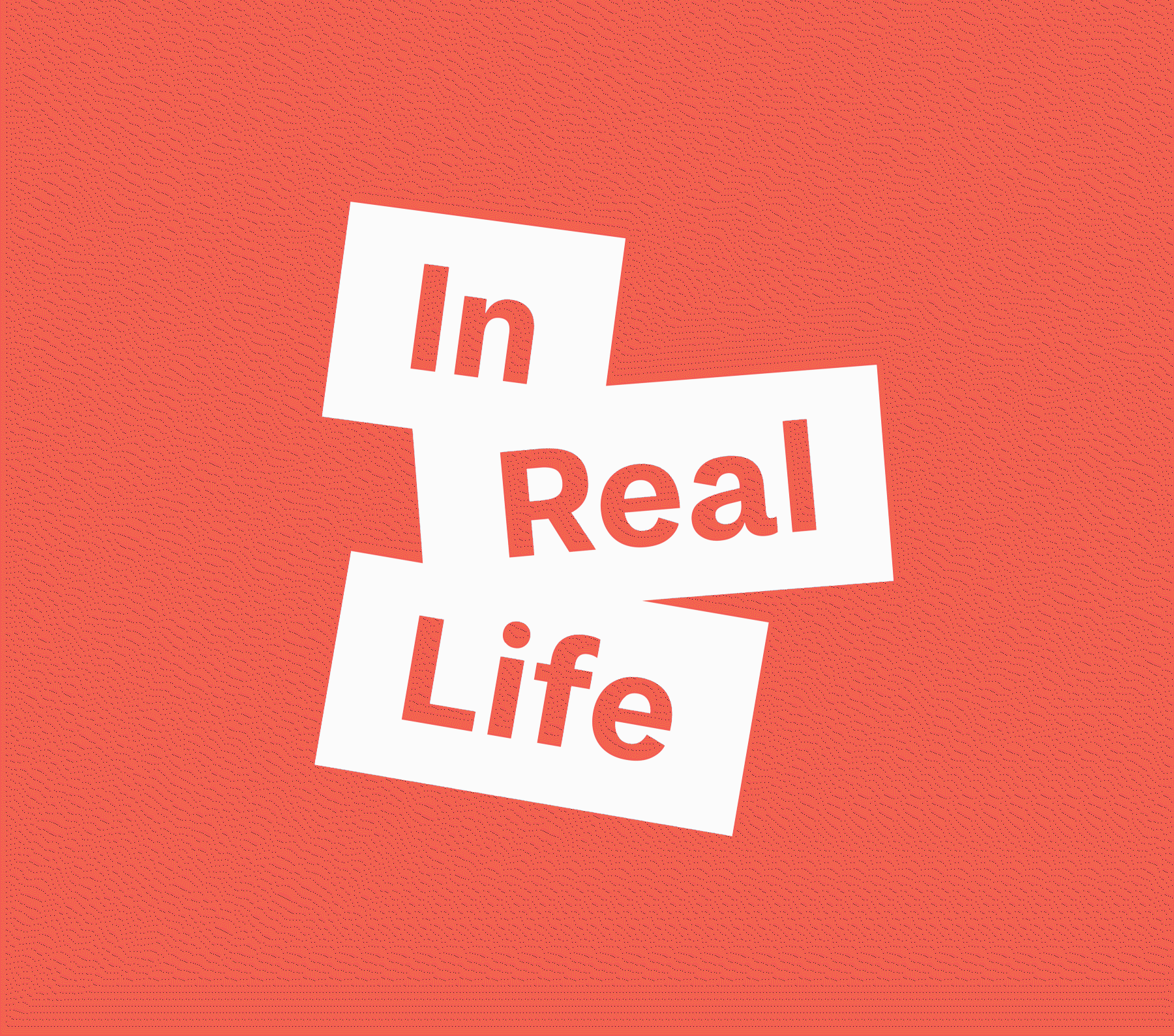
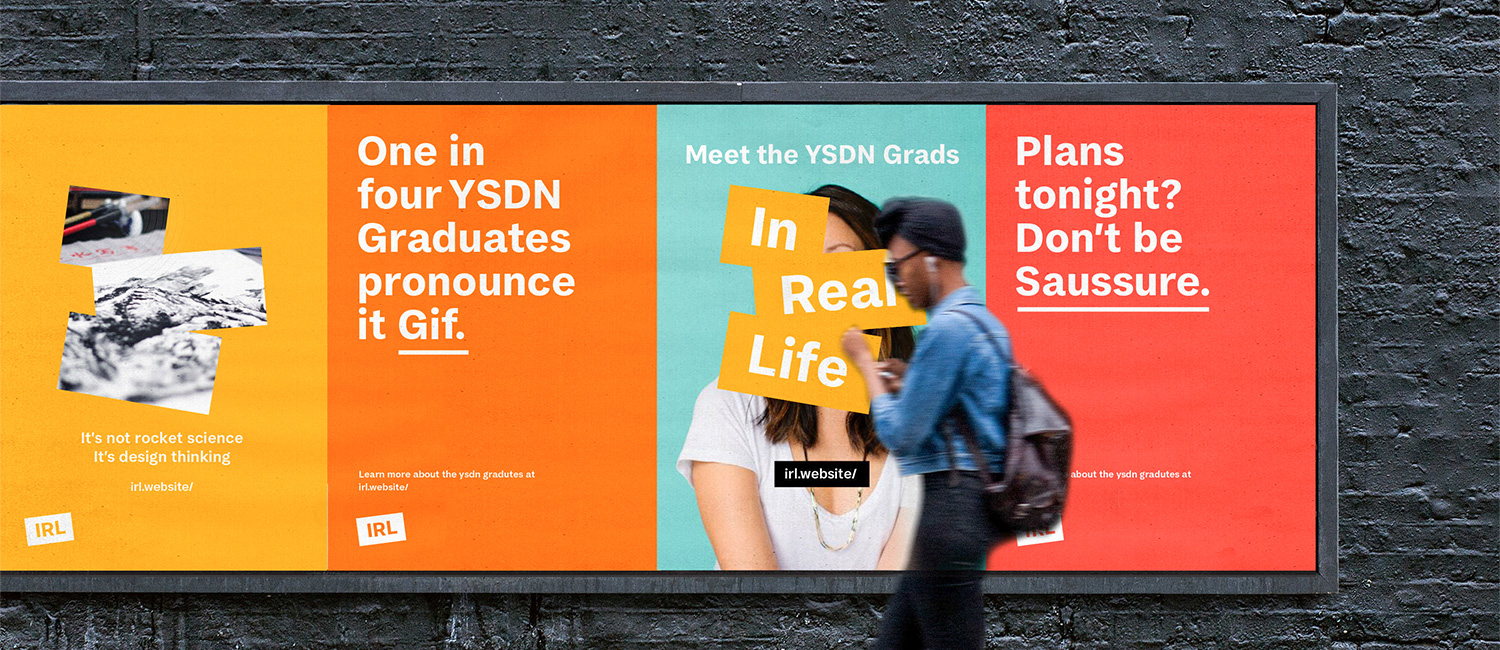
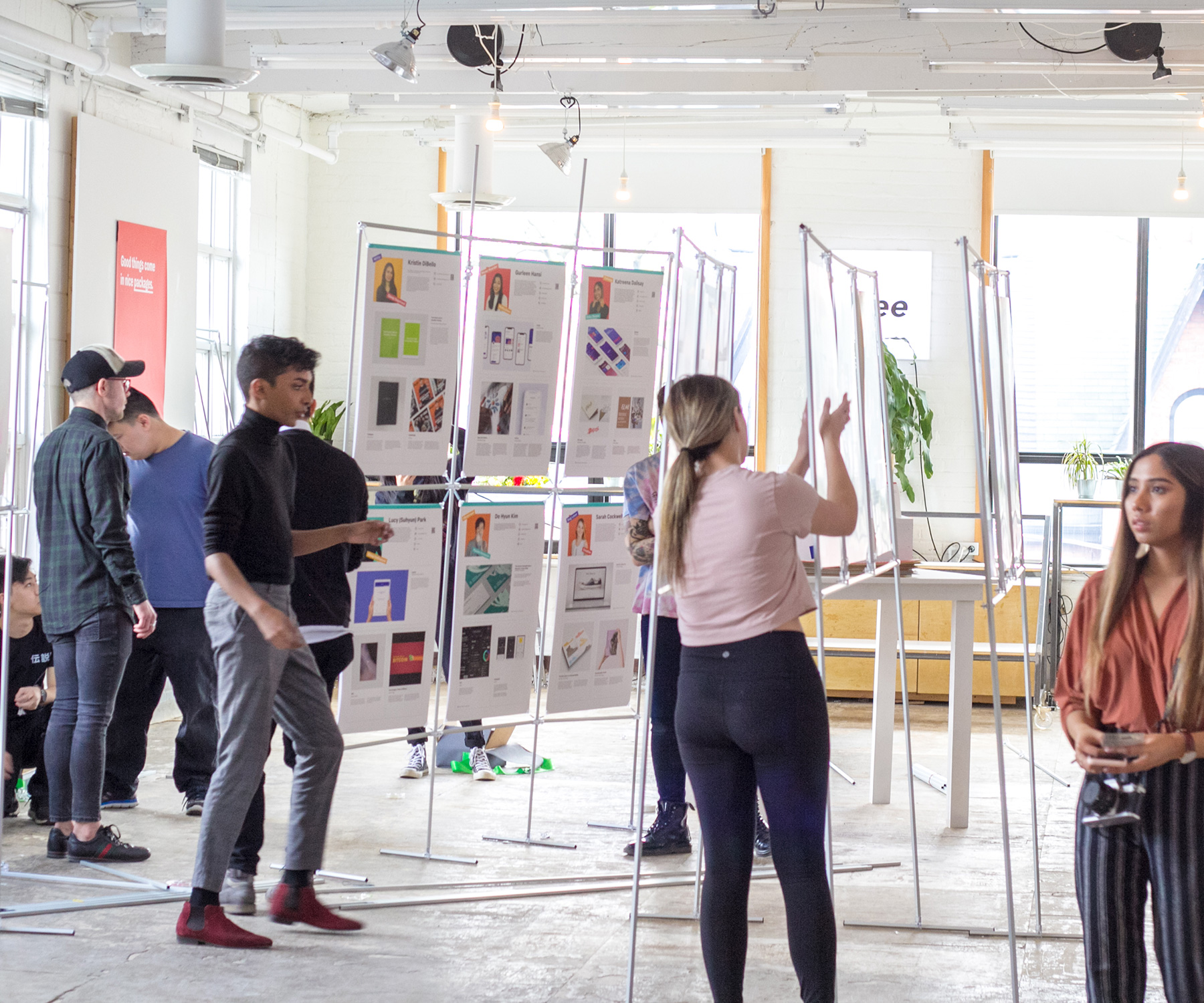

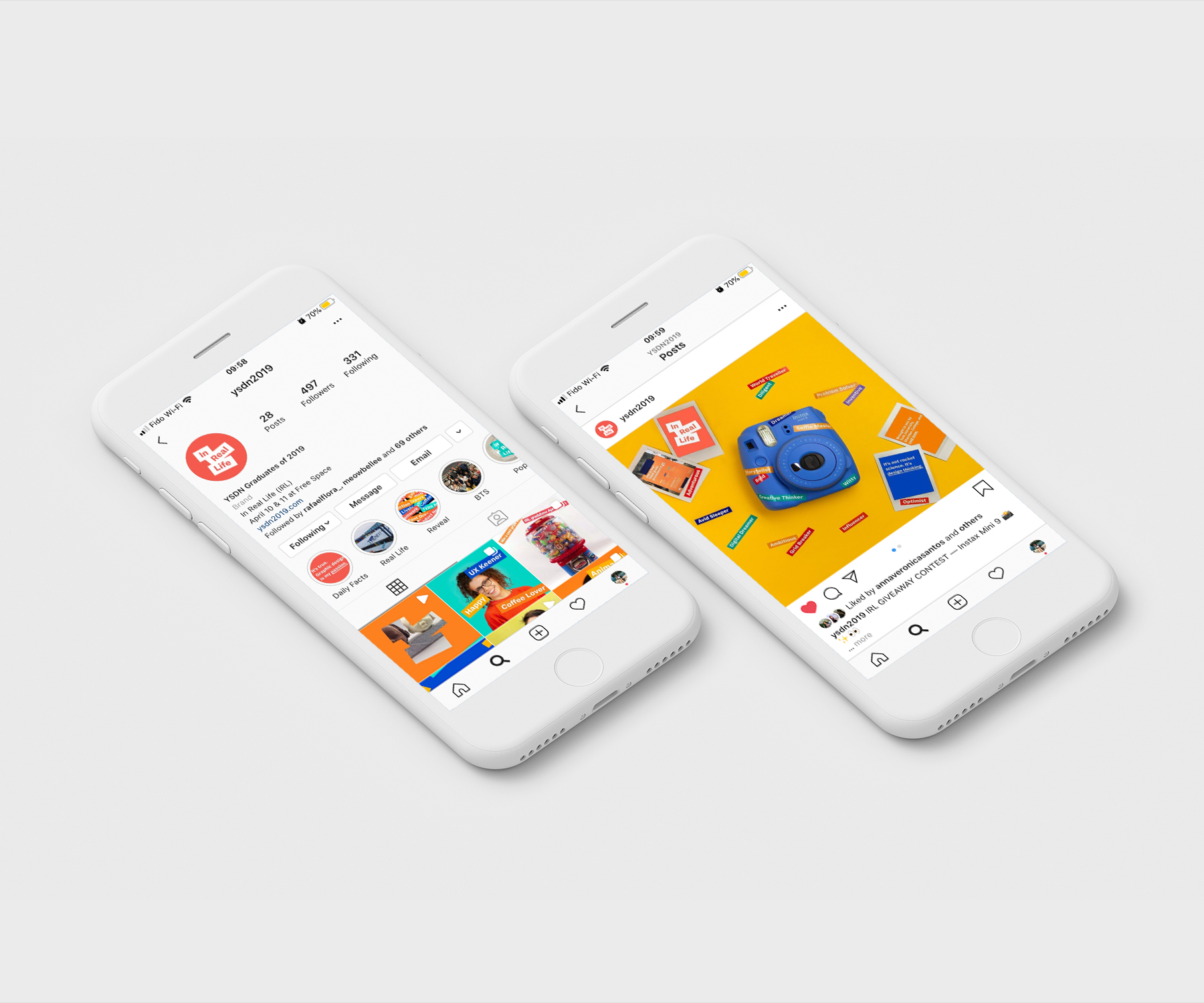
THE BRAND
Casual, Witty, Clever, Engaging, Honest/Authentic, Confident
The In Real Life brand highlights the realness of who we are as designers and people through. Often times, designers are seen and masked over to portray a serious tone leaving our human and personable side in the shadows. Thus, embracing a copy-driven dynamic identity that encourages creativity and provides endless individual personalization through the use of playful and witty statements—relatable and enjoyed by designers and the public—by labelling ourselves, giving a better idea of who we are as designers and fellow human beings.
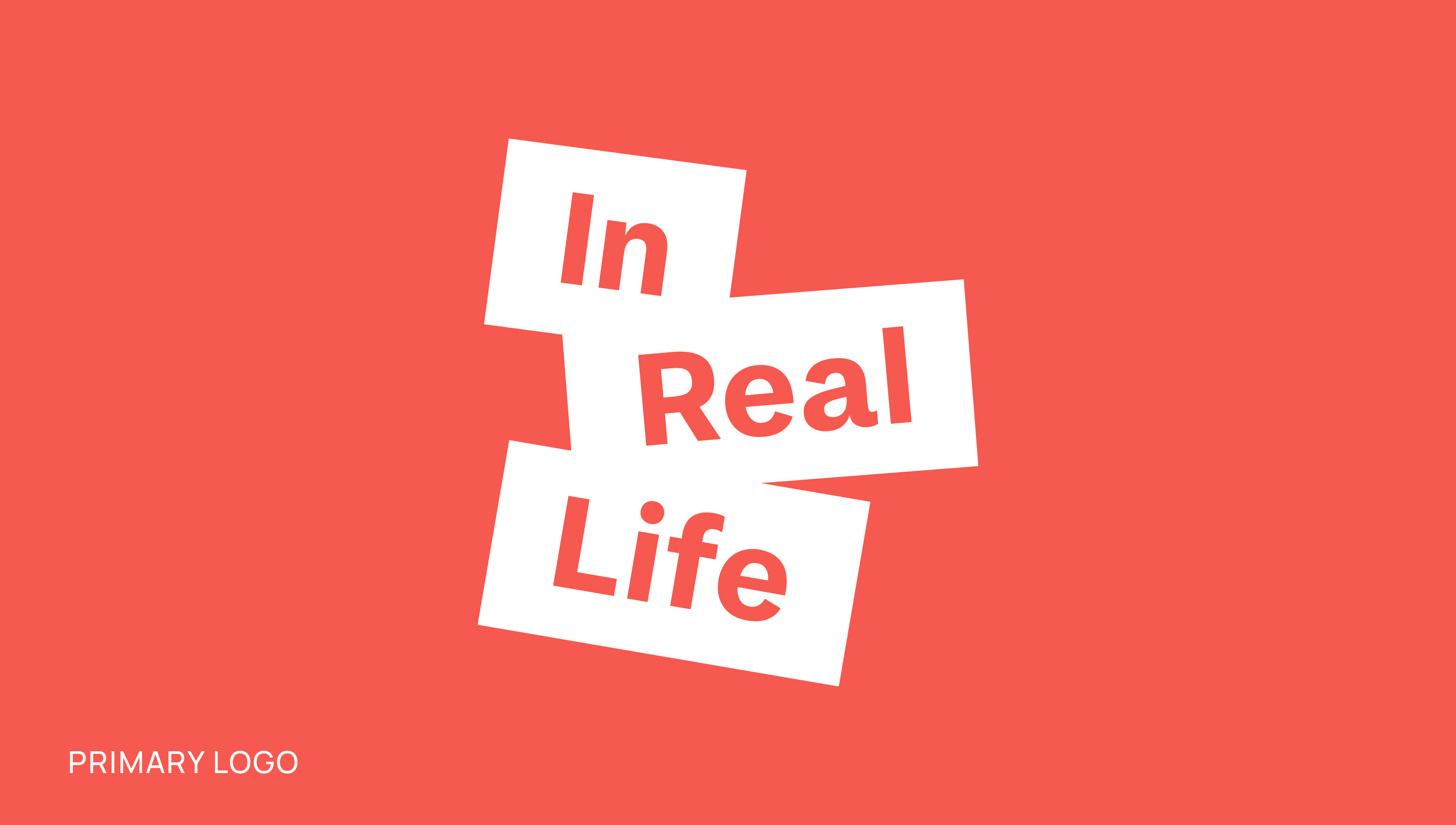

BRAND APPLICATION
Through IRL, we wanted to create an environment where authentic human relationships are made between the graduates and the public, encouraging our audience to experience grad show in person meeting both the professional designer and the relatable human. Thus, brand applications were collateral in which we were able to interact in the physical and/or digital space.
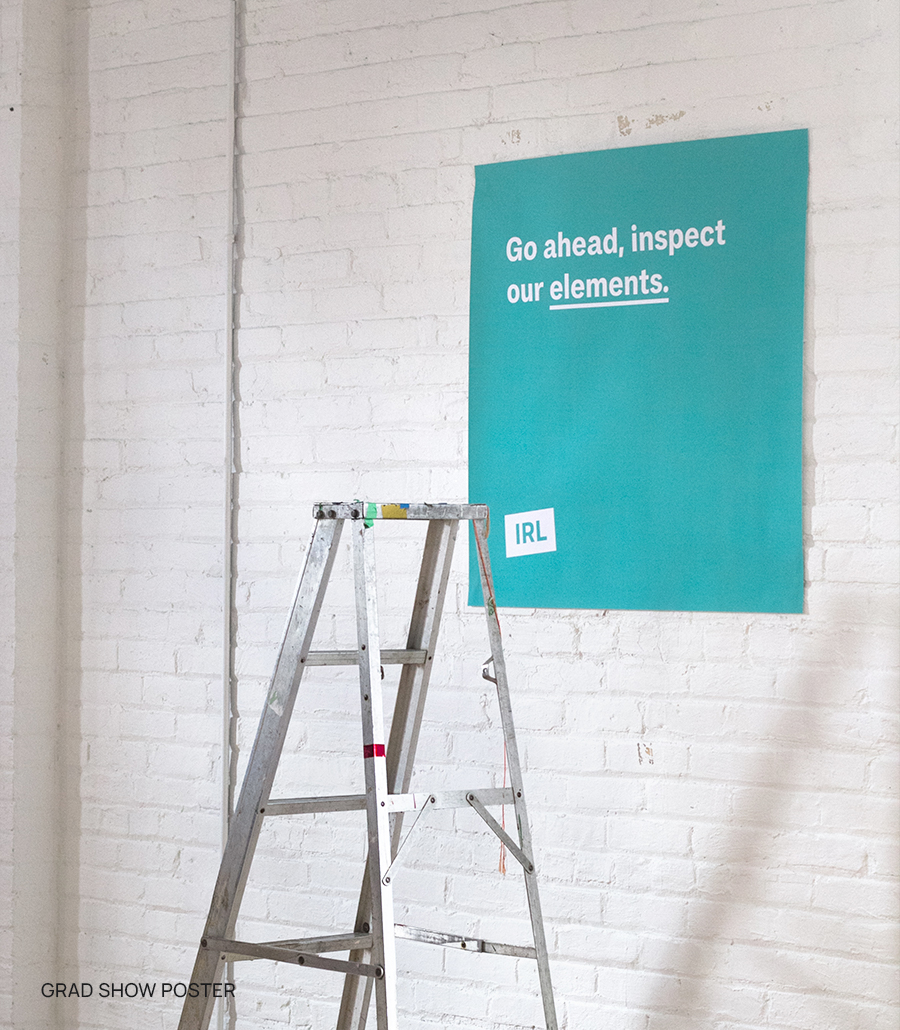

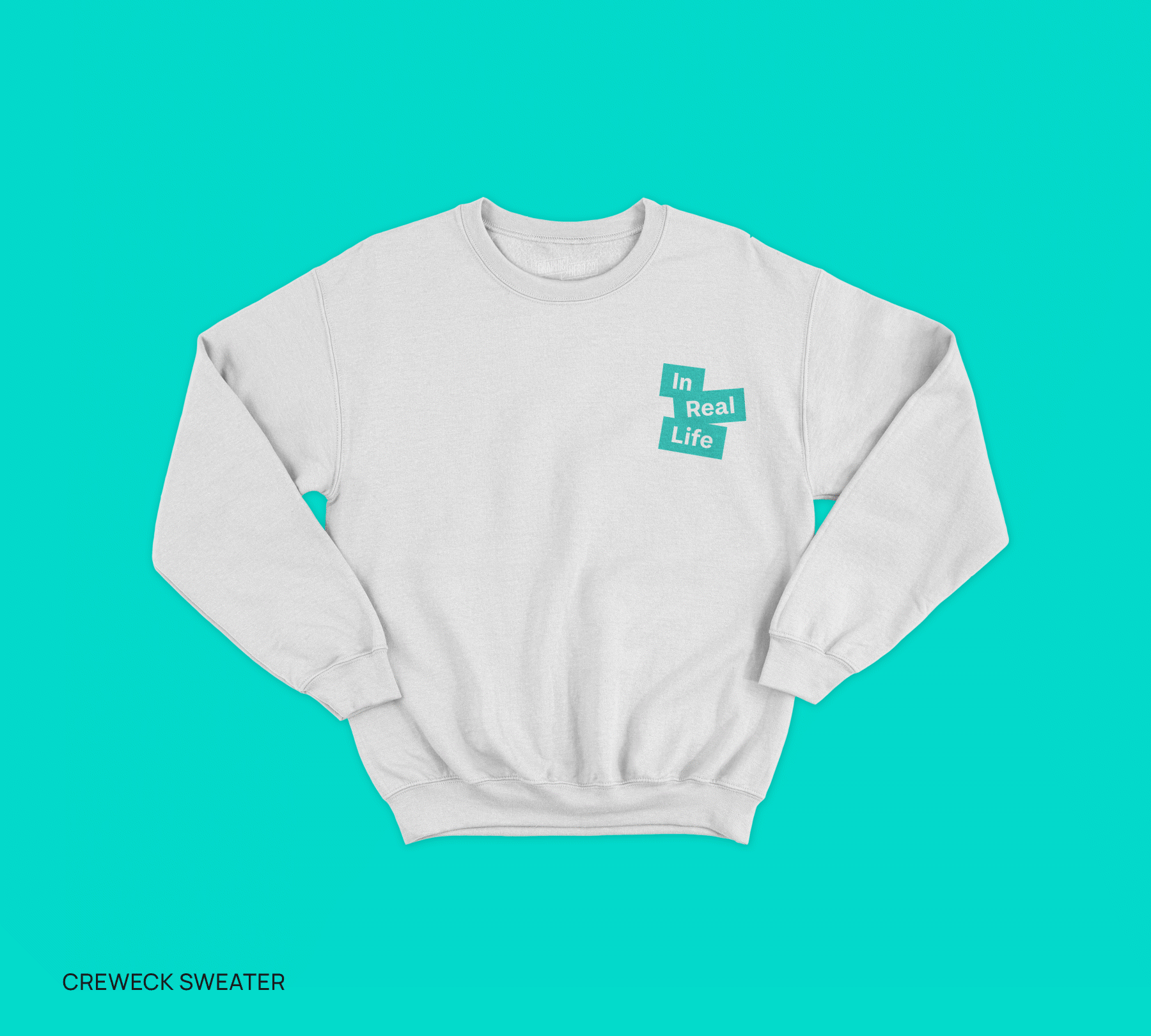
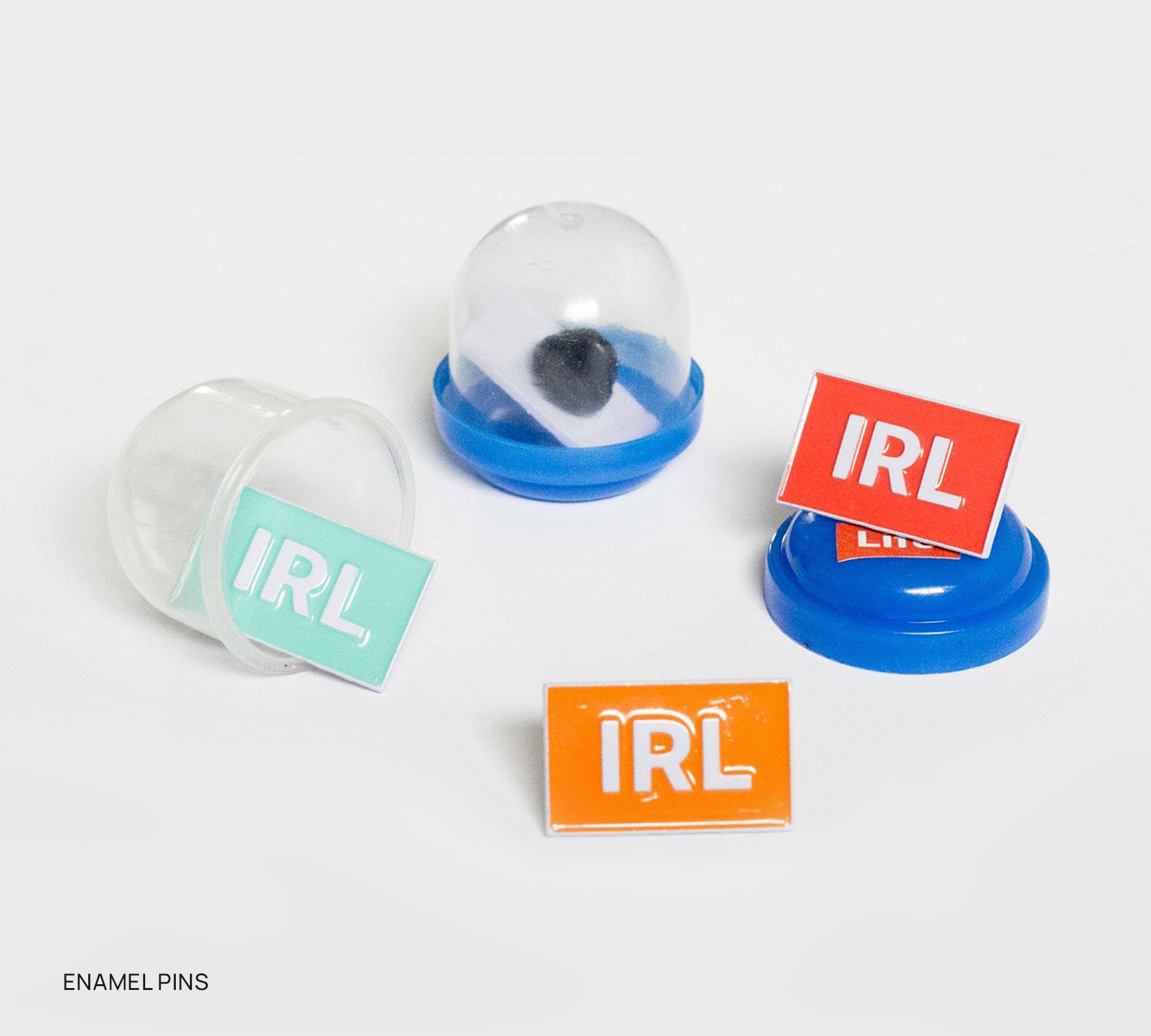
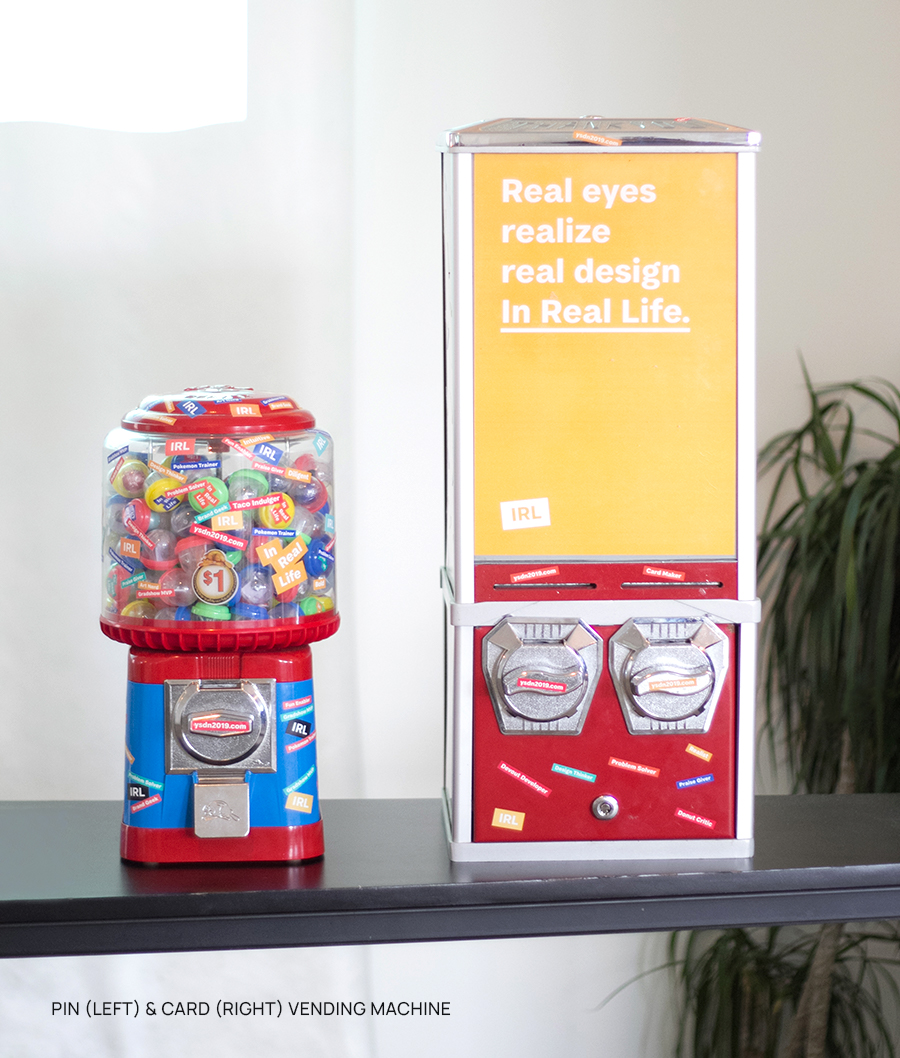
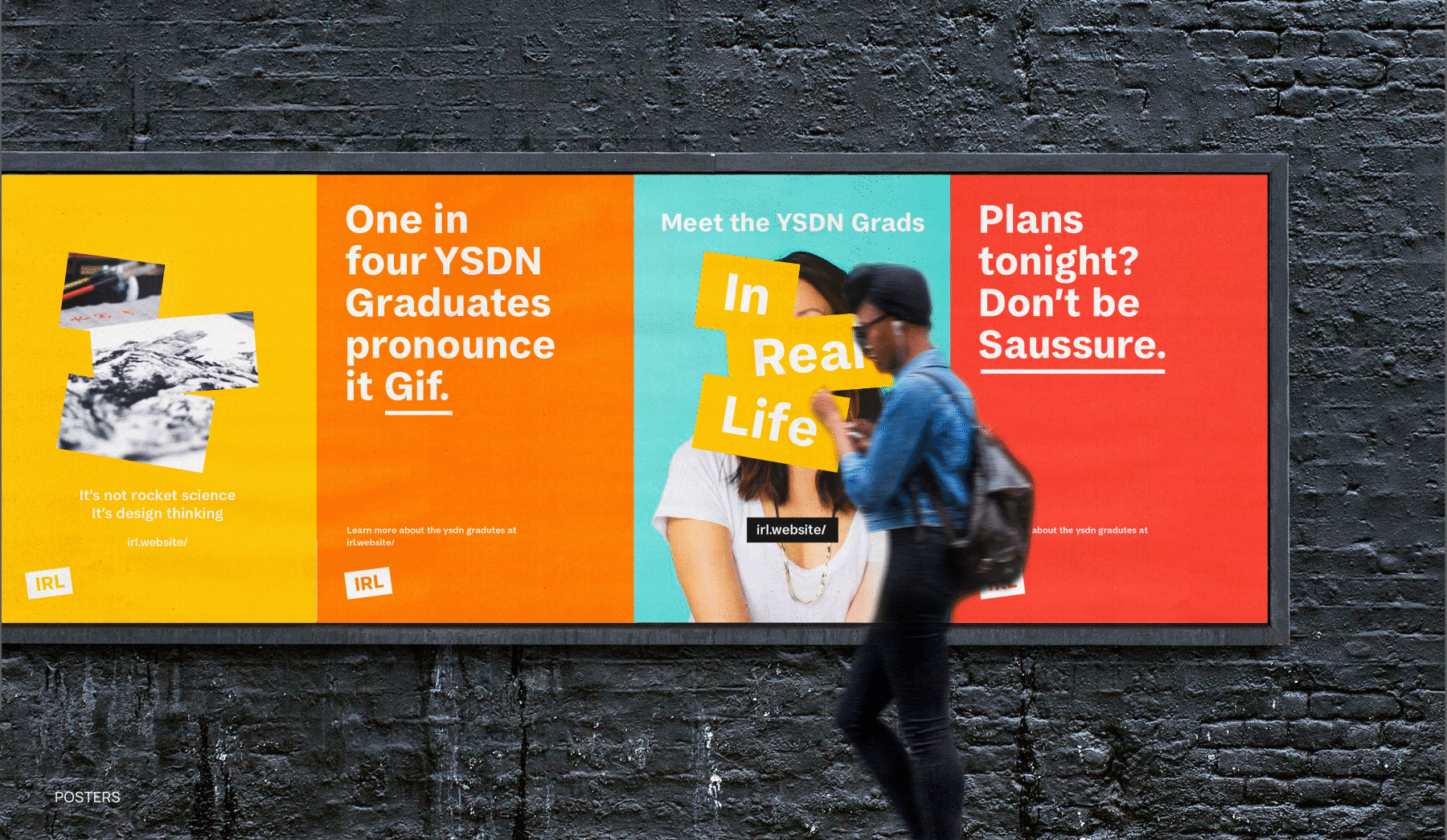
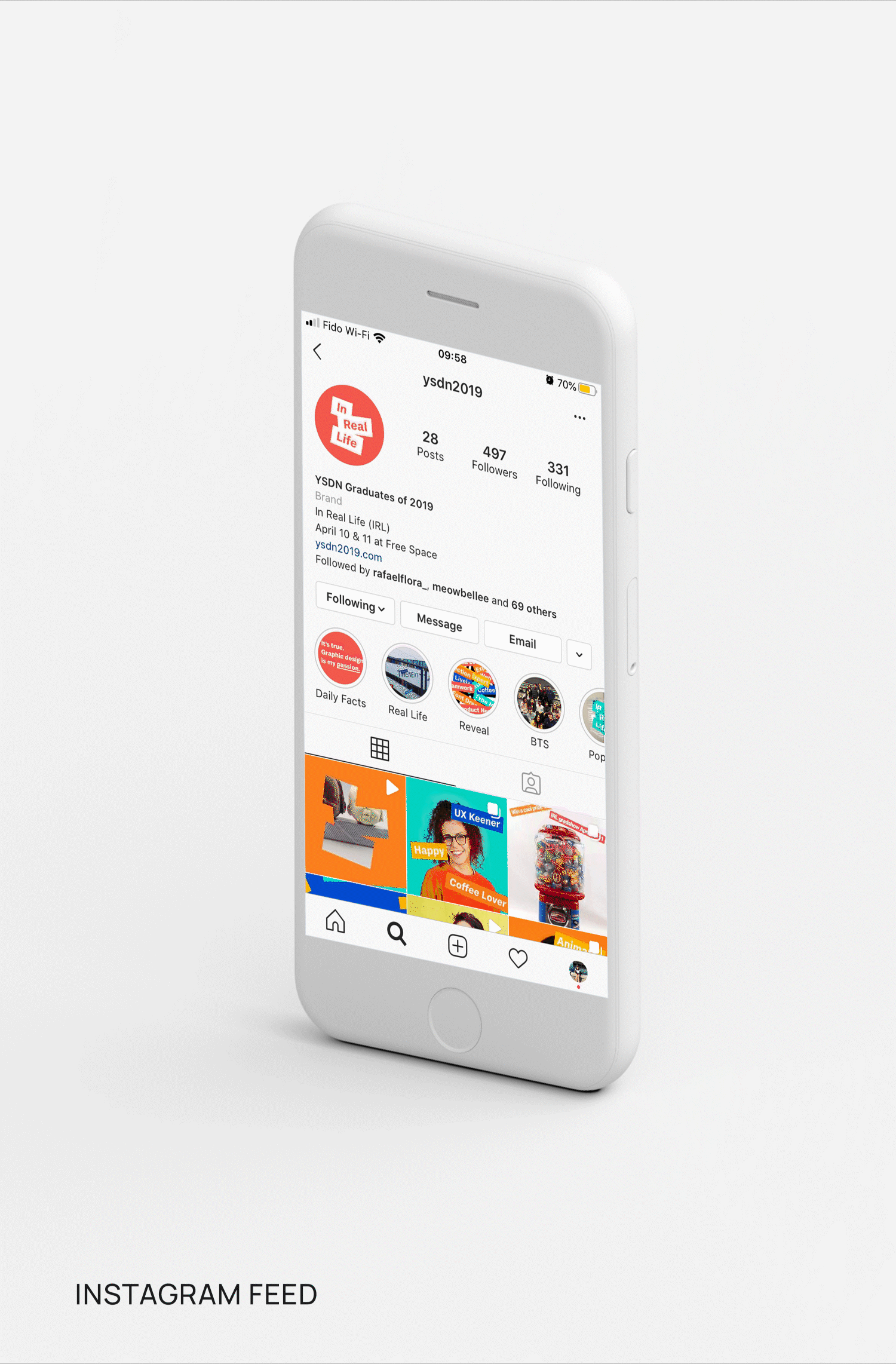
THE GRAD SHOW
"The YSDN graduating class of 2019 focuses on the real life connections that are made between designers and the public. Come to the show. See the work. Meet the graduates. Make connections.
Get inspired. Share your passions, In Real Life."
The event was held over the course of 2 days at Free Space in downtown Toronto. It was such a rewarding experience to see how the brand came to life within the physical space and how the brand interacted with the graduates and their projects as well as how the public interacted with the brand.
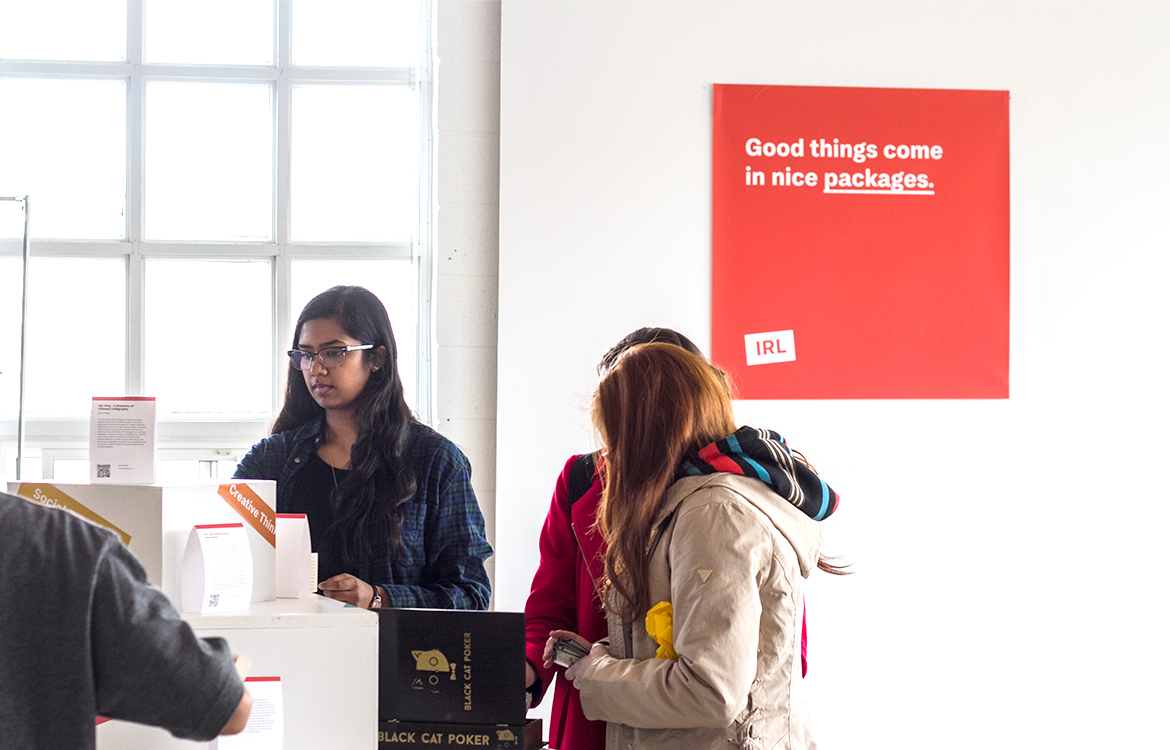
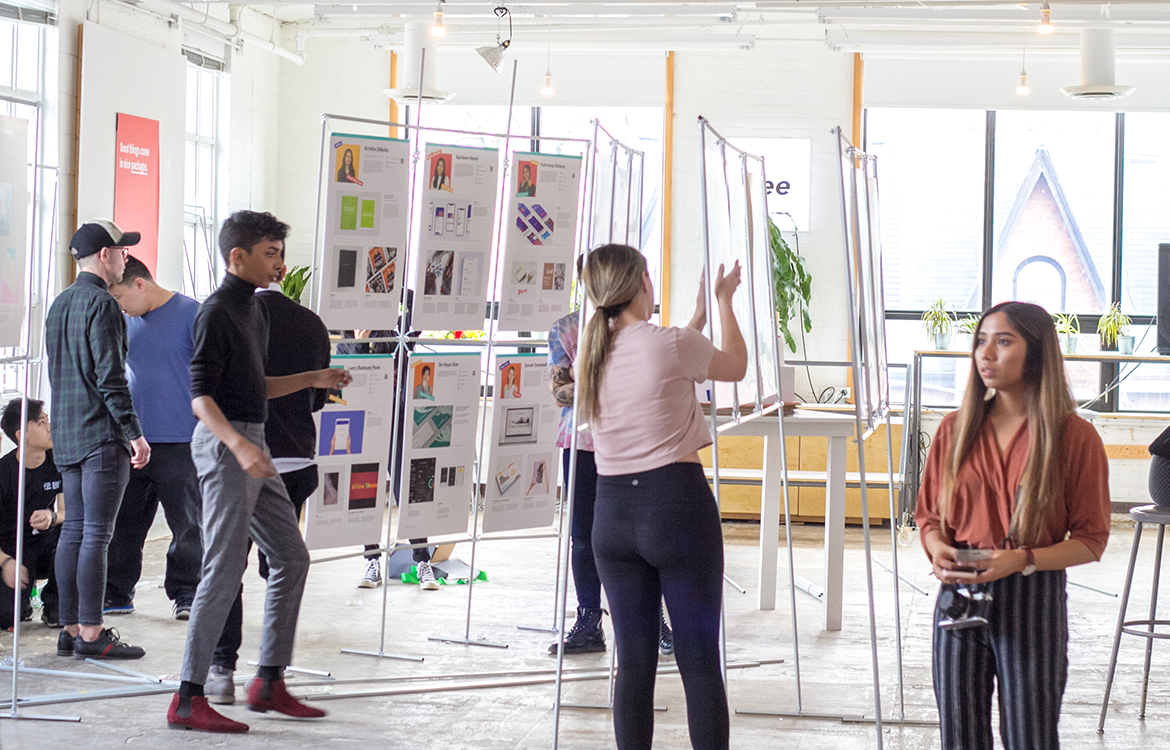
PROCESS & INSIGHTS
The team began our process by individually and collectively conducting research: determining our target audiences and using the SWOT analysis method to analyse and observe previous grad shows, events, campaigns nationally and globally. These were important steps for our team to take as it laid a strong foundation for the brand values. It also helped us understand and determine how we wanted to define ourselves, as well as deliver, convey, and represent ourselves through the grad show brand.
Phase 1: Research (competitive)
Phase 2: Conceptualization 1
Phase 3: Concept 1 exploration
Phase 4: Filteration 1
Phase 5: Concept Finalization
Phase 6: Selected concept exploration
Phase 7: Refinement
Phase 8: Finalization
[More coming soon].
© Livia Widjaja 2020